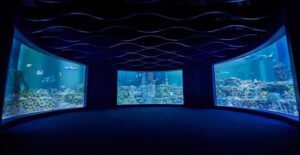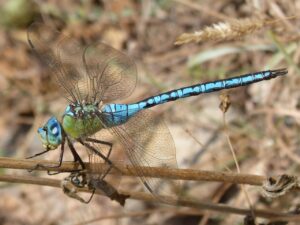Nestled just to the west of Ouray, a quaint town cradled by the San Juan Mountains of southwest Colorado, lies an extraordinary discovery. Here, at an elevation of about 9,300 feet above sea level, fossilized footprints have been found embedded in sandstone. These aren’t just any footprints; they represent a moment frozen in time, where a dinosaur dramatically changed its direction. This shift is not just a minor deviation; the tracks show a turn exceeding 180 degrees, indicating a significant alteration in the creature’s course.
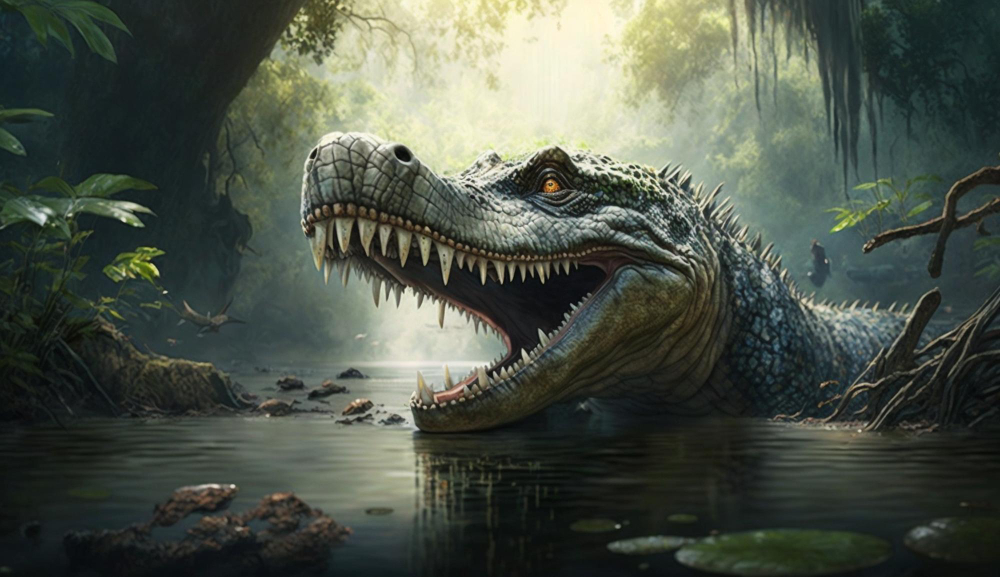 Pin
Pin Image by vecstock on Freepik
Table of Contents
A Journey Back in Time
 Pin
Pin Image by Outlook Traveller
Nestled just to the west of Ouray, a quaint town cradled by the San Juan Mountains of southwest Colorado, lies an extraordinary discovery. Here, at an elevation of about 9,300 feet above sea level, fossilized footprints have been found embedded in sandstone. These aren’t just any footprints; they represent a moment frozen in time, where a dinosaur dramatically changed its direction. This shift is not just a minor deviation; the tracks show a turn exceeding 180 degrees, indicating a significant alteration in the creature’s course.
This remarkable find is particularly unique when considering the context of similar discoveries across the globe. While instances of dinosaurs changing their direction have been recorded in places like China and near Moab, Utah, the site near Ouray stands out. It is currently the only known site where such a dramatic turnaround has been preserved intact. This exceptional state of preservation offers researchers invaluable insights into the behavior of these ancient creatures, allowing for a deeper understanding of their movements and interactions with their environment.
The significance of this discovery extends beyond the specific behavioral insight it provides. It underscores the richness of the paleontological record in the San Juan Mountains and highlights the importance of preserving such sites. Each fossil footprint serves as a window into the distant past, offering clues about the world millions of years ago. In this case, the sudden change in direction captured in stone could suggest a multitude of scenarios – from escaping predators to navigating complex terrains or reacting to other environmental factors.
As this site west of Ouray is newly safeguarded, it promises to be a focal point for ongoing research and study. Paleontologists and enthusiasts alike are drawn to this unique snapshot of prehistoric life, eager to uncover more about the dinosaurs that once roamed these mountains. The intrigue of what caused this dinosaur to dramatically alter its course fuels the imagination and deepens our connection to the natural world, reminding us of the dynamic and ever-changing planet we inhabit.
Colorado, known for its breathtaking landscapes and rich history, has recently gained international attention for revealing what is now known as the world’s longest track of dinosaur footprints, a monumental landmark in paleontological discoveries, now open for public access.
A Treasured Discovery
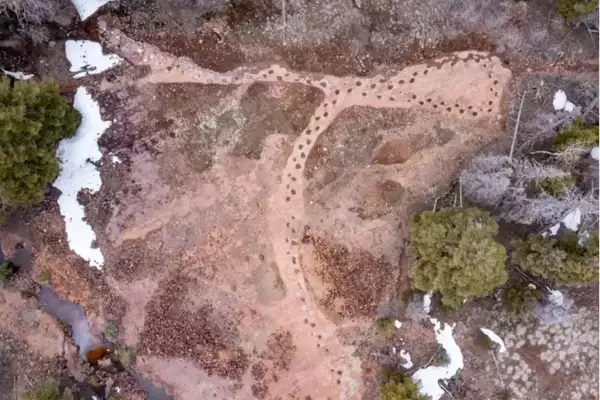 Pin
Pin Image by USDA Forest Service
The tracks, etched into the earth millions of years ago, span an impressive distance, with countless footprints telling the tales of the titanic creatures that once roamed this area. This unveiling not only adds a crucial chapter to the story of Earth’s history but also positions Colorado as a pivotal location for paleontological research and education.
Video: An Educational Odyssey
Open to enthusiasts of all ages, this site provides educational and interactive experiences that engage visitors with the science behind the discovery. Detailed information panels and guided tours offer insights into the types of dinosaurs that left these footprints, the environment they lived in, and the significance of these findings in understanding Earth’s geological and evolutionary history.
Preserving the Past for the Future
The opening of this site is a testament to the efforts of scientists, conservationists, and the local community working together to preserve this invaluable window into the past. Strict measures are in place to ensure the protection of the footprints while allowing the public to marvel at this wonder of natural history.
Plan Your Visit
For those planning to visit, the site is accessible through guided tours, providing a safe and informative way to explore the tracks. Visitors are encouraged to wear comfortable walking shoes and bring a sense of curiosity and wonder as they step back in time to walk alongside the giants of the past.
A Journey Through Time: The Discovery of a Lifetime in Colorado
Around 150 years ago, the landscapes of what is now Colorado were traversed by creatures so immense, their legends have transcended into the realm of scientific marvel. Among these ancient behemoths was a long-necked sauropod, which, at a monumental point in its journey across the lush Jurassic environment, executed a wide, 270-degree turn. This unique moment in prehistoric time has been forever immortalized in 134 continuous footprints, now known as the largest uninterrupted dinosaur trackway globally. Protected federally for both public enjoyment and scientific research, this site offers a tangible connection to the distant past.
Last week marked a significant advancement in the conservation of this prehistoric wonder. The United States Forest Service announced the acquisition of three parcels of land in Ouray County, Colorado. Encompassing 27 acres, two of these parcels include the extraordinary 106 yards of sauropod tracks at the West Gold Hill Dinosaur Track site. Located just west of Ouray, a quaint town nestled within the San Juan Mountains, these fossilized footprints lay embedded in sandstone at an elevation of about 9,300 feet above sea level. This site provides a rare glimpse into a dinosaur dramatically changing its course, a behavior seldom captured in fossil record with such clarity.
Similar sites have been discovered in locations like China and near Moab, Utah. However, what sets this Colorado site apart is the preservation of a turn exceeding 180 degrees, making it a singularly unique and intact example of such dinosaur behavior.
The path to discovery and preservation has been long. The land, originally acquired by the Charles family in 1945 with gold in mind, held a secret waiting decades to be unveiled. It wasn’t until 2021 that the family recognized the water-filled indentations on their property as dinosaur footprints, a revelation that would soon shift from a private curiosity to a national treasure.
In 2022, the Charles family approached the Forest Service, initiating discussions about the future of the land. Fast forward to two years later, the Grand Mesa, Uncompahgre, and Gunnison National Forests have successfully acquired the land from the Charles Real Estate Trust for $135,000, an investment made possible through the Land and Water Conservation Fund.
This historic acquisition does not merely signify the preservation of dinosaur footprints; it represents a bridge to our planet’s ancient past, an opportunity to walk in the footsteps of giants and marvel at the enduring legacy of Earth’s monumental history.
A Trek through History on the Silvershield Trail to Discover Giant Dinosaur Footprints
Adventurous visitors are now offered a unique opportunity to delve into the past by exploring the preserved footprints of sauropods through the Silvershield Trail. This demanding two-mile path is not only accessible for hiking enthusiasts but also welcomes horseback riders, promising an intriguing journey into prehistoric times. The Forest Service is set to enhance the exploratory experience significantly by installing informative signs, providing educational materials, and launching a dedicated webpage that sheds light on these ancient relics.
Sauropods, the colossal plant-eating dinosaurs recognized for their elongated necks and tails, once roamed the area that is today known as Colorado. Remarkably, these giants, which could extend up to 100 feet in length, lived in a time before the majestic Rockies had even begun to rise.
Historically, the footprints lay on private property, partially concealed until natural forces and time gradually revealed them. This slow unveiling allowed visitors to catch glimpses of the tracks, with some sharing their findings online. These fascinating imprints were likely known to locals for a long time. Rick Trujillo, who co-authored a study on the site, stumbled upon the tracks in the late 1950s when he was just a boy. Upon realizing the land’s owners, he informed the Charles family of their land’s remarkable historical value.
The descendants of the initial landowner, represented by Anita McDonald, express their contentment in transferring the trackway to the U.S. Forest Service. This gesture ensures that the land will be preserved and can be appreciated by generations to come, offering a window into a bygone era where these magnificent creatures once roamed freely.
Conclusion
The opening of the world’s longest track of dinosaur footprints in Colorado is a landmark event for science, education, and tourism. It offers an extraordinary glimpse into our planet’s ancient past and serves as a reminder of the wonders that still await discovery. This site is not just a destination but a profound experience that enriches our understanding of the natural world, making it a must-visit for anyone fascinated by the history of life on Earth.
















